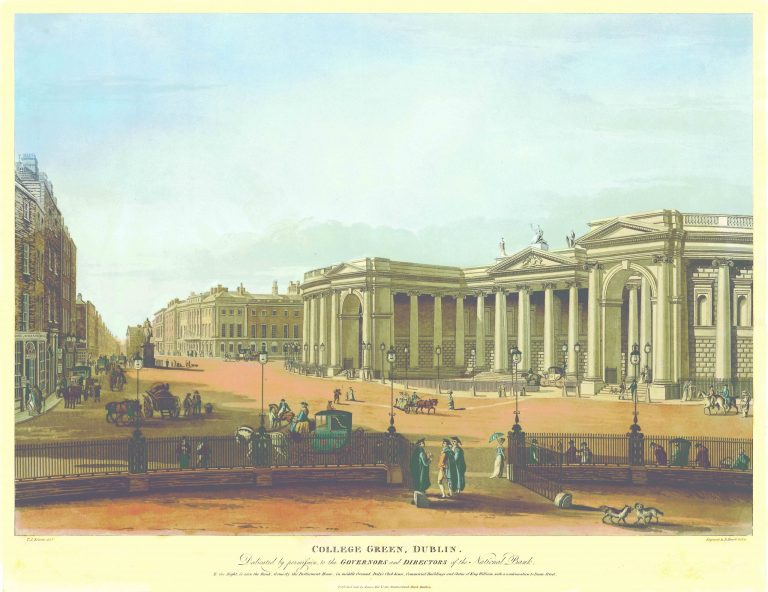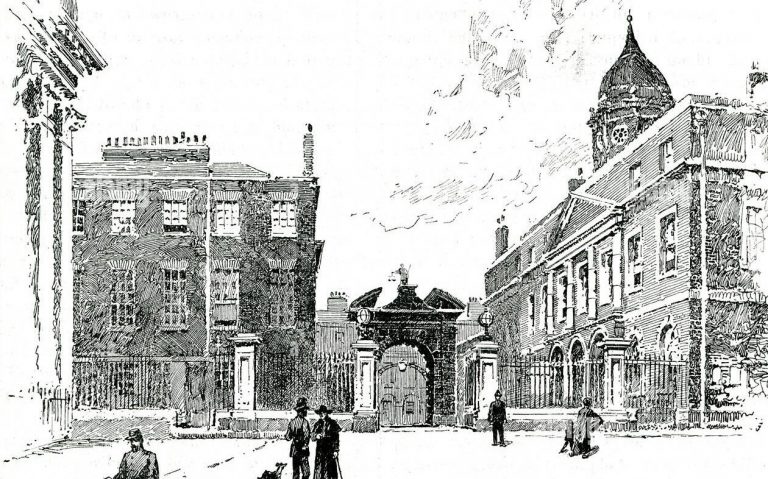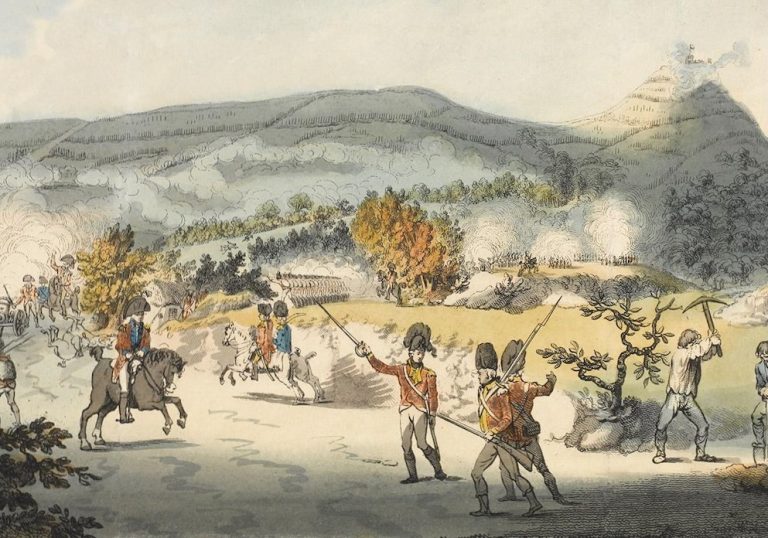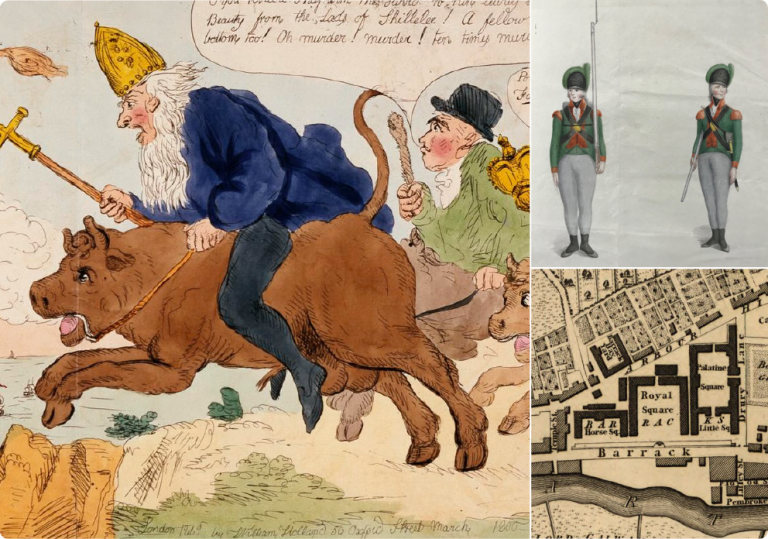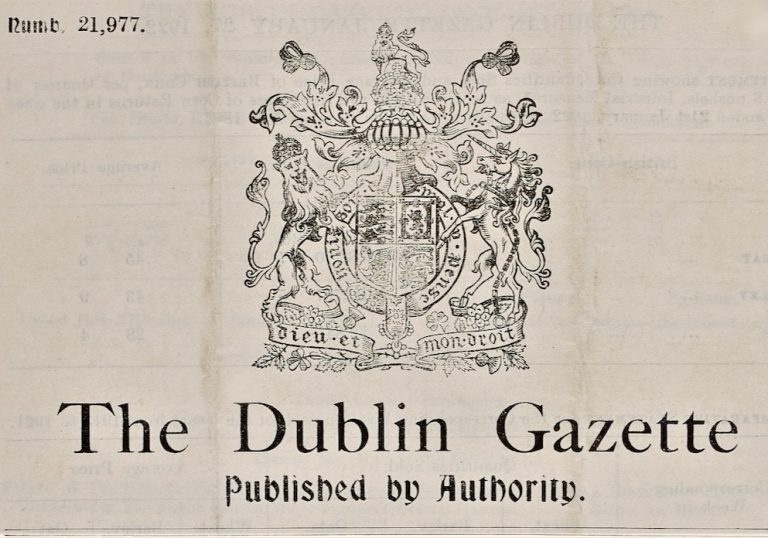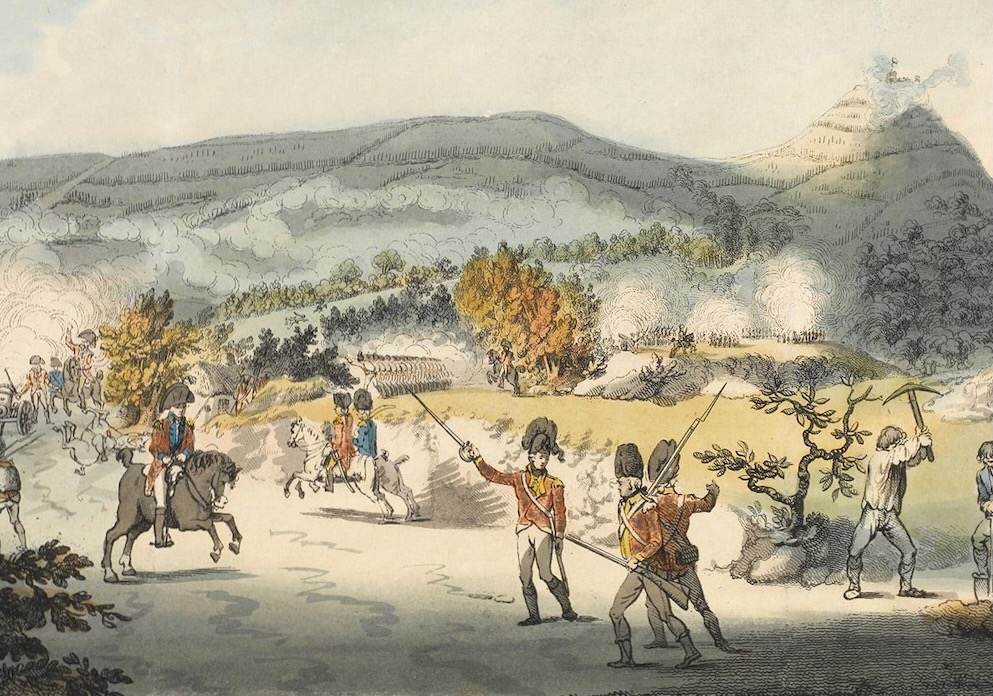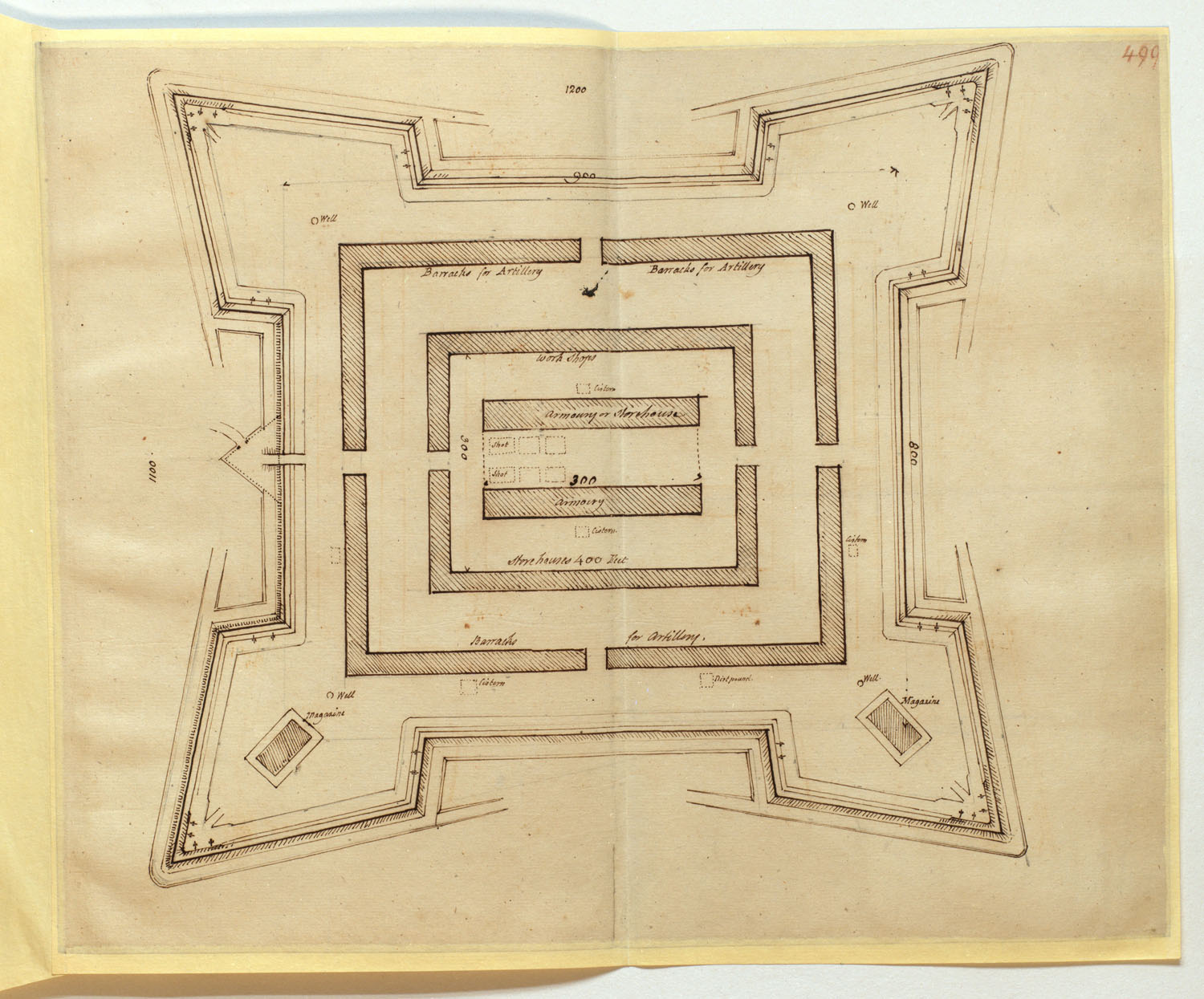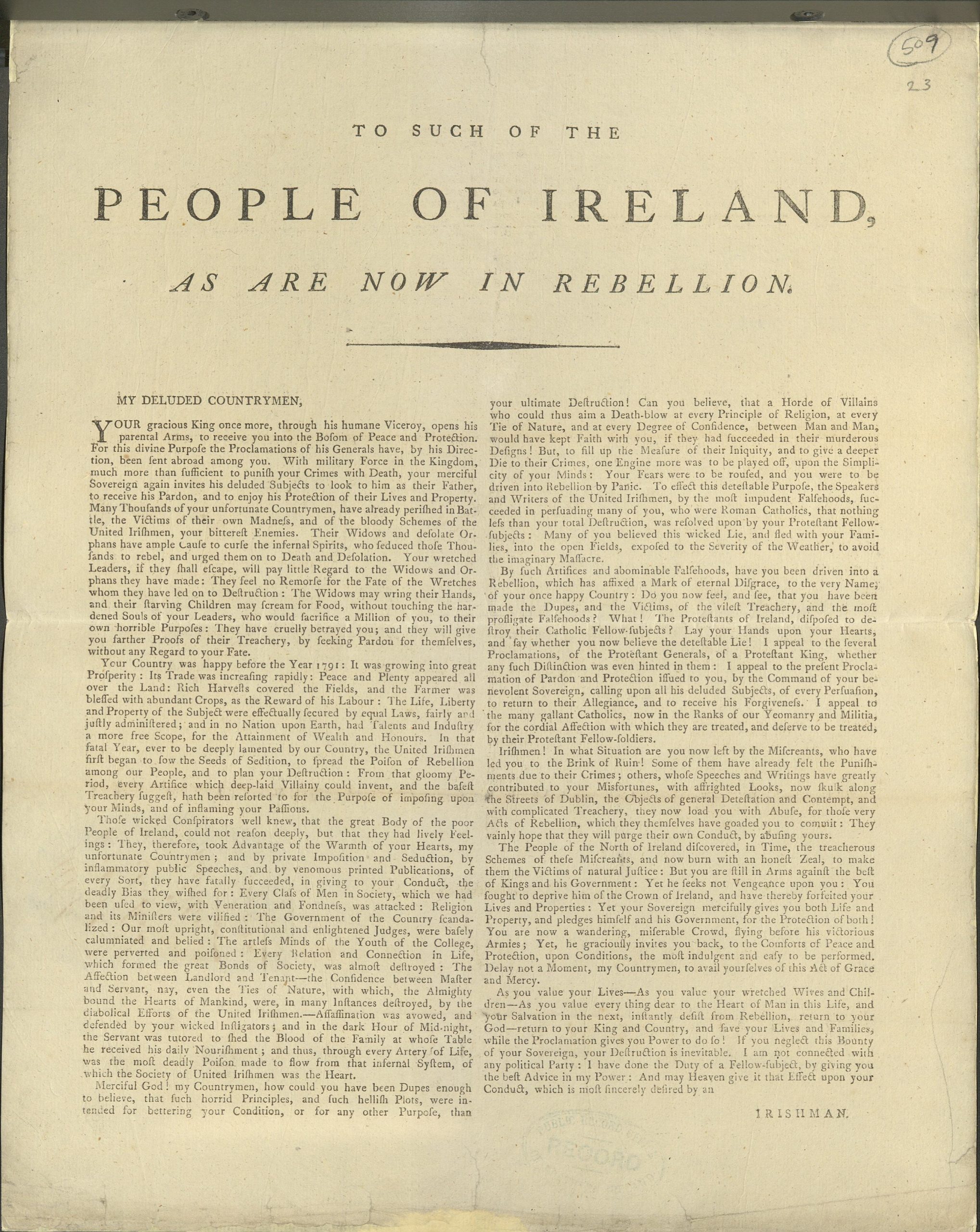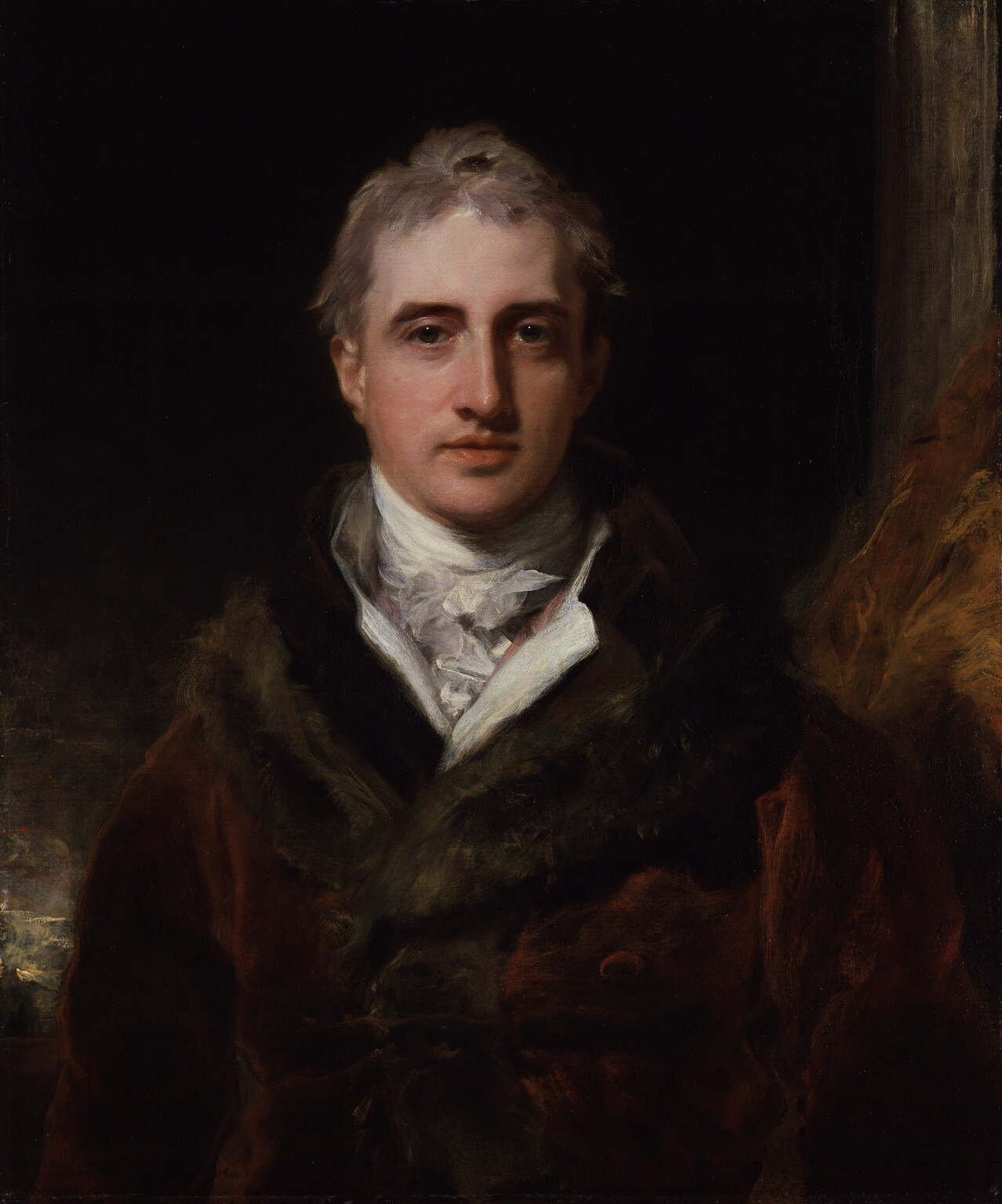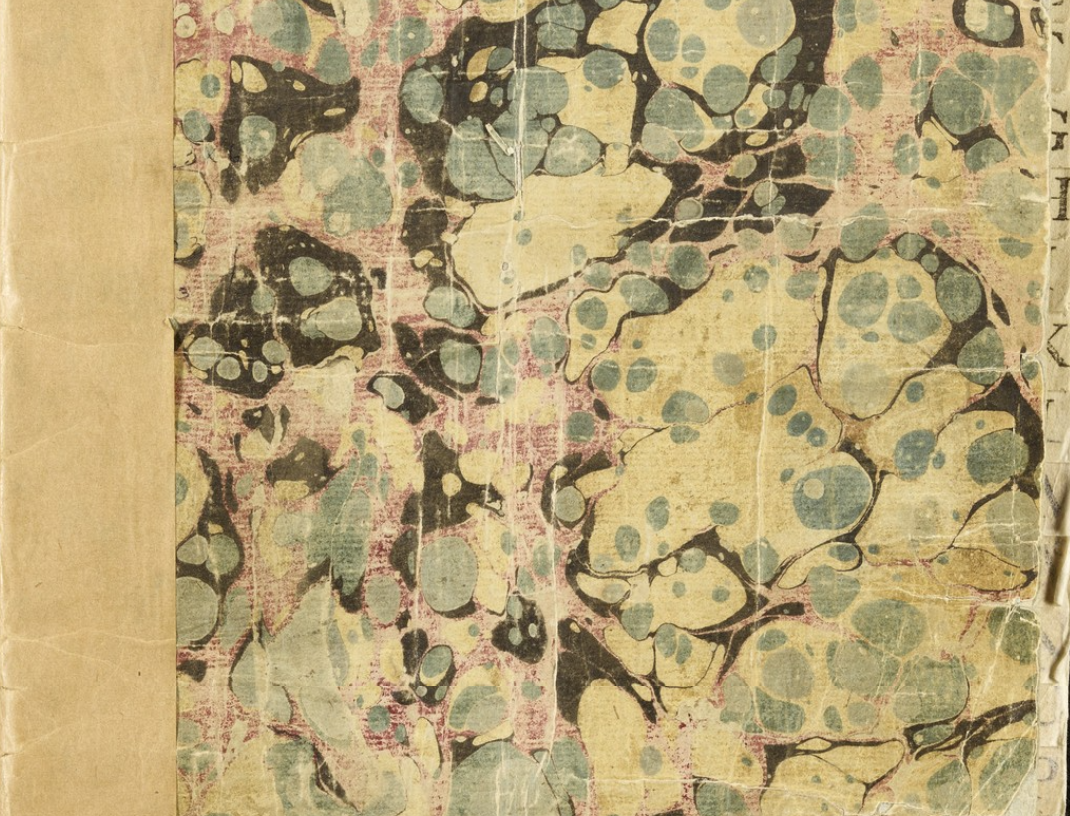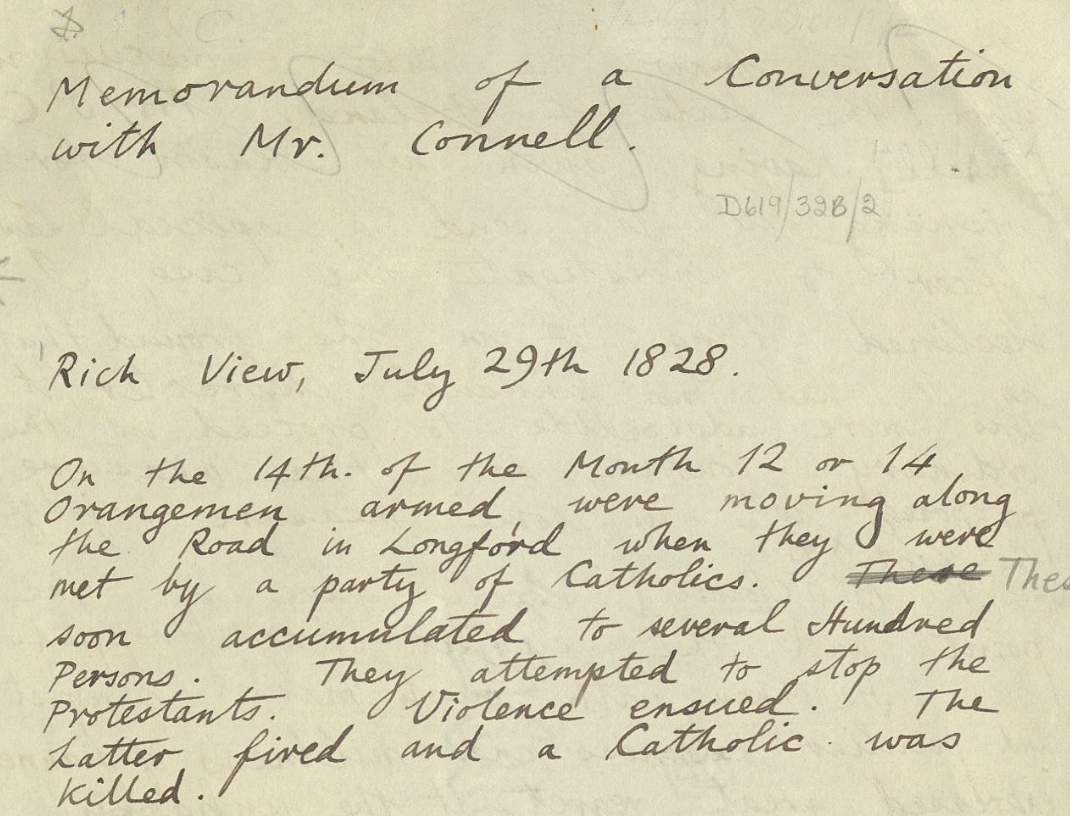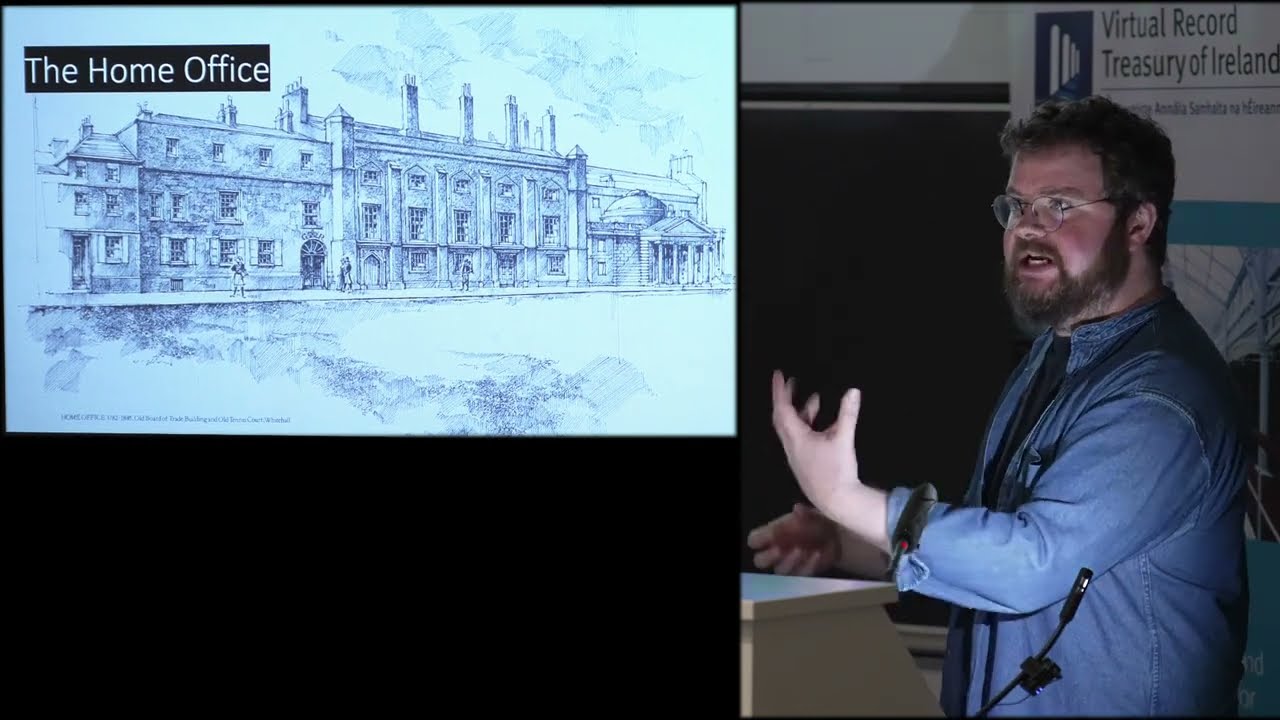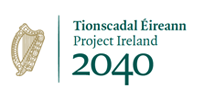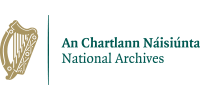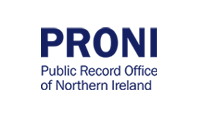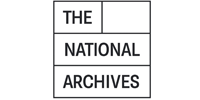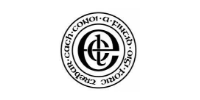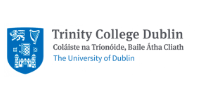
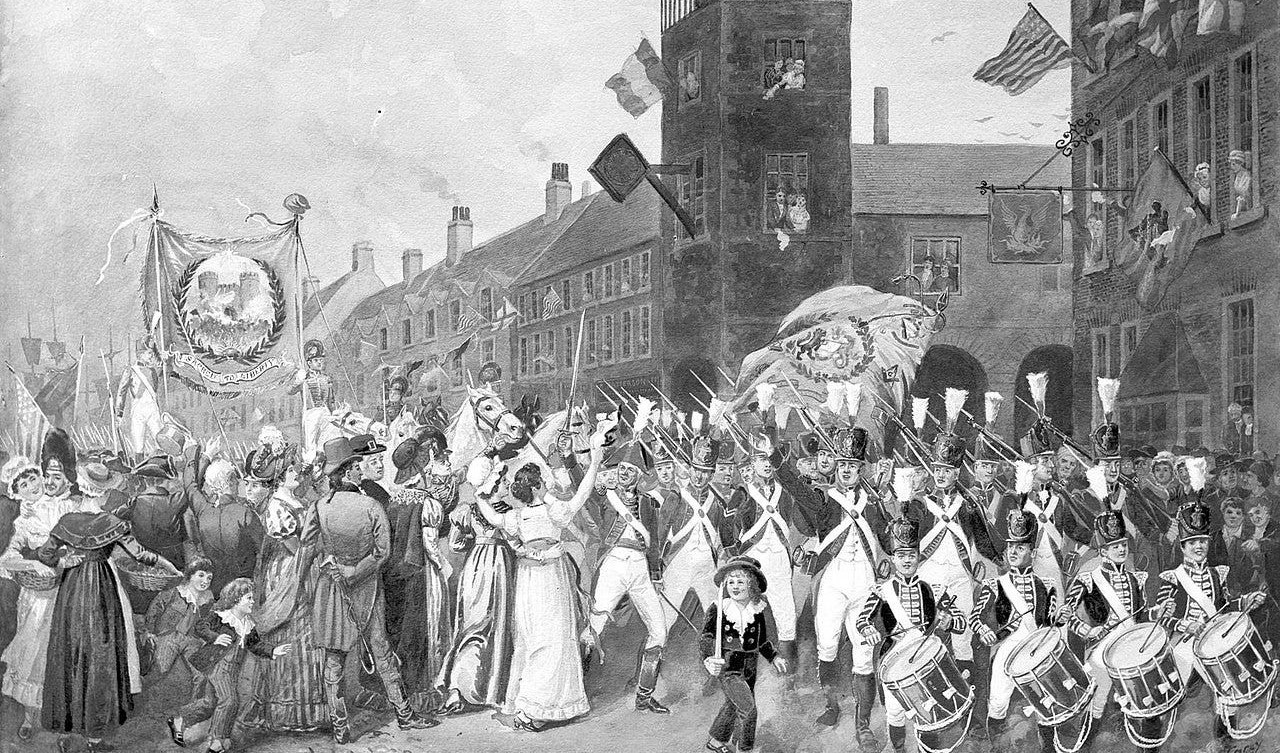


via the Knowledge Graph
 Explore People
Explore People What’s in this Portal?
Politics, Protest, and State Power in Ireland
Gold Seams
The Irish House of Commons, 1776–1801
18th CenturyParliamentary Debates from Legislative Independence to the Act of Union. Curated by Dr Joel Herman. Generously supported by the Fitzpatrick Family Foundation.
The Chief Secretary’s Papers, 1770-1830
18th – 19th CenturiesThe Administration of Crisis, Conflict, and Control. In partnership with the Public Record Office of Northern Ireland. Curated by Dr Timothy Murtagh.

Curated Collections
Home Office and Ireland, 1782 – 1851
18th centuryDublin Gazette, 1750-1800
18th century
Historical background
Between 1760 and 1830, Ireland was caught up in the revolutionary currents sweeping across the Atlantic world. Inspired by American independence, energised by the French Revolution, and shaken by rebellion at home in 1798, this was a time of radical ideas and forceful state responses. Explore parliamentary records, intelligence reports, and government correspondence from these critical decades in Irish history.
The Irish Parliament wrestled with demands for reform, while Dublin Castle sought to navigate unrest from below and divisions among the elite. Among the most significant developments of this era was the abolition of the Irish Parliament and the formation of the United Kingdom in 1801. Yet the revolutionary age also ignited enduring debates over Catholic rights and political representation—debates that persisted well beyond the Union. These issues continued to shape Irish politics into the early nineteenth century, as the mass campaigns led by Daniel O’Connell in the 1820s achieved the landmark breakthrough of Catholic Emancipation in 1829, helping to lay the foundations for modern Irish political life.
What can I find here?
This portal brings together two major collections that illuminate Irish political life and government practice between 1760 and 1830:
- The Irish House of Commons: Parliamentary Debate from Legislative Independence to the Act of Union, 1776-1801: A gold seam of reconstructed debates from the Irish House of Commons, drawn from the shorthand notes of an MP and contemporary printed sources. These debates capture the major issues discussed by the Irish Parliament and public during the period of legislative independence, offering rare insight into the circumstances, tensions, and events that shaped political life in the decades before 1801.
- Papers of the Irish Chief Secretaries, 1770–1830: A curated collection of government correspondence and intelligence records from Dublin Castle, revealing how the executive monitored unrest, implemented policy, and communicated with local authorities and with London during an age of revolution and reform.
The material within this portal explores the evolving relationship between state and society, offering a rich collection of sources for the study of the Irish government and the methods used to manage protest, political agitation, and demands for change.
The Age of Revolutions portal explores how Ireland’s transformation in this period was shaped by—and in turn shaped—the revolutionary wave that swept the globe in the late eighteenth century. The curated records (gathered in this resource) offer a uniquely detailed view into how the Irish executive understood and managed political change. From petitions on Catholic relief and local grievances to intelligence reports about rebel plans and radical societies, these sources illuminate the strategies of both state and opposition.
What emerges is a vivid portrait of a society in flux, where questions of loyalty, representation, and violence were hotly contested. Researchers can follow the threads of state surveillance, explore how policies were debated and enforced, and trace the voices, often indirect but unmistakable, of those imagining and seeking to create a new political future. This portal opens a vital window into the dynamics of revolution, counter-revolution, and statecraft in a pivotal period of Irish and global history.
This portal’s content was curated by Dr Tim Murtagh and Dr Joel Herman.

